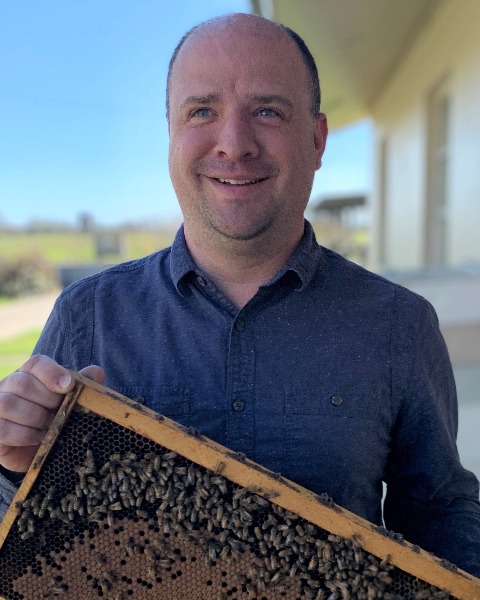10-Minute Presentation
Plant-Insect Ecosystems
10-min: P-IE, Apiculture
Propolis inhibits mite population growth in honey bee colonies
Sunday, November 10, 2024
2:24 PM - 2:36 PM MST
Location: Phoenix Convention Center, 221 C

Michael Simone-Finstrom
Research Molecular Biologist
USDA-ARS
Baton Rouge, Louisiana
Frank D. Rinkevich, Jr.
Research Entomologist
USDA-ARS
Baton Rouge, Louisiana
Presenting Author(s)
Co-Author(s)
Honey bees rely on a variety of mechanisms at both the individual and colony level to mitigate the increased risk of disease and parasite transmission that comes from living in populous colonies comprised of highly genetically related individuals. Social immunity encompasses a range of behavioral and physiological traits that reduce disease transmission or prevalence at the colony level. For example, honey bees collect antimicrobial resins produced by plants, and mix this material with beeswax to make propolis, which serves multiple purposes inside the hive. When wild honey bee colonies nest in hollow tree cavities, the cracks and crevices found inside the tree stimulate bees to lay down a continuous layer of propolis, called the “propolis envelope.” However, the smooth wood boxes that most beekeepers use have few cracks and crevices and do little to stimulate propolis collection. Moreover, propolis use is a heritable trait that can vary in populations. A growing body of evidence documents that propolis is an important part of a colony’s social immunity and can reduce the impact of some of the stressors that threaten honey bee health. Propolis-rich environments have been shown to support honey bee colony health in a variety of ways. In addition to modulating immune gene expression and improving colony strength and survivorship, propolis may can help mitigate pathogen impacts. Here we present a multi-year experiment to examine the role of the propolis envelope against parasitic Varroa mites. Propolis differentially reduces mite loads based on the stock of bees.

.png)
